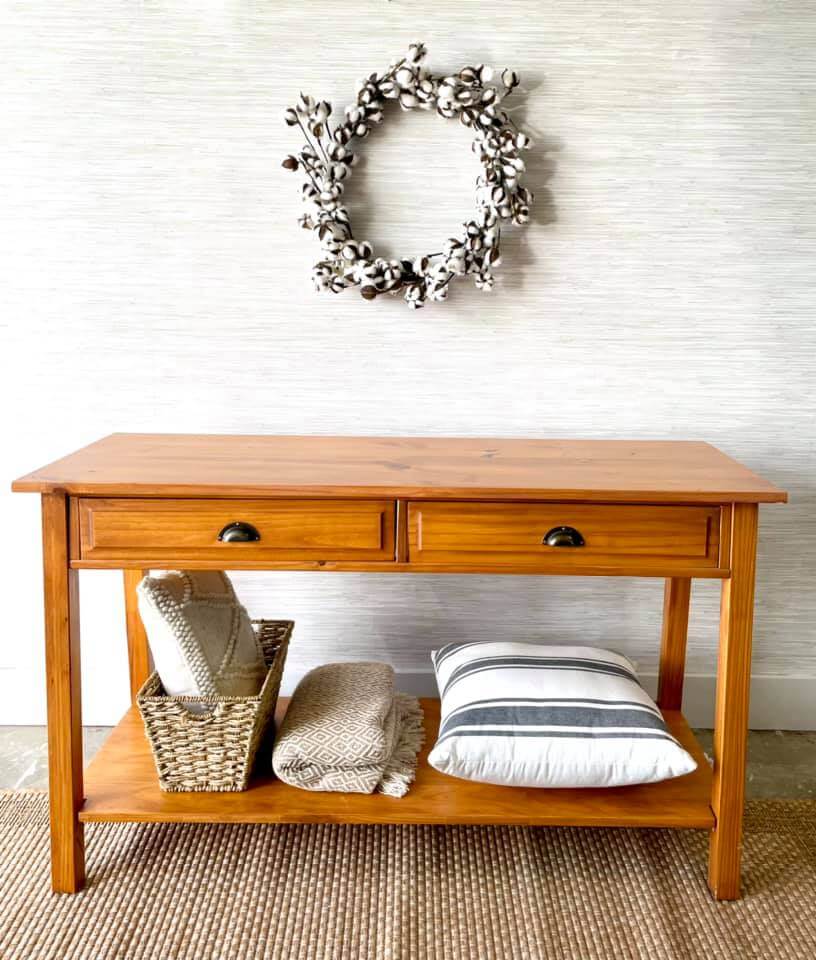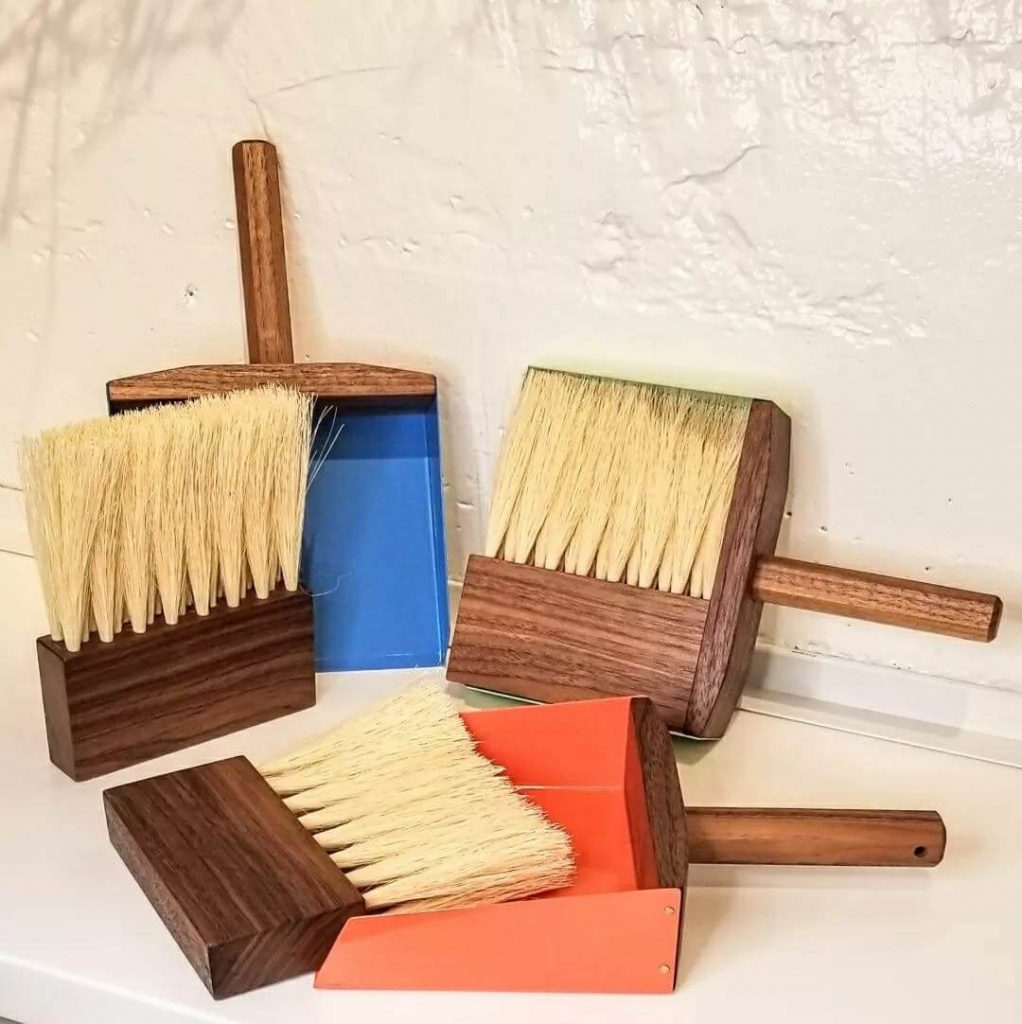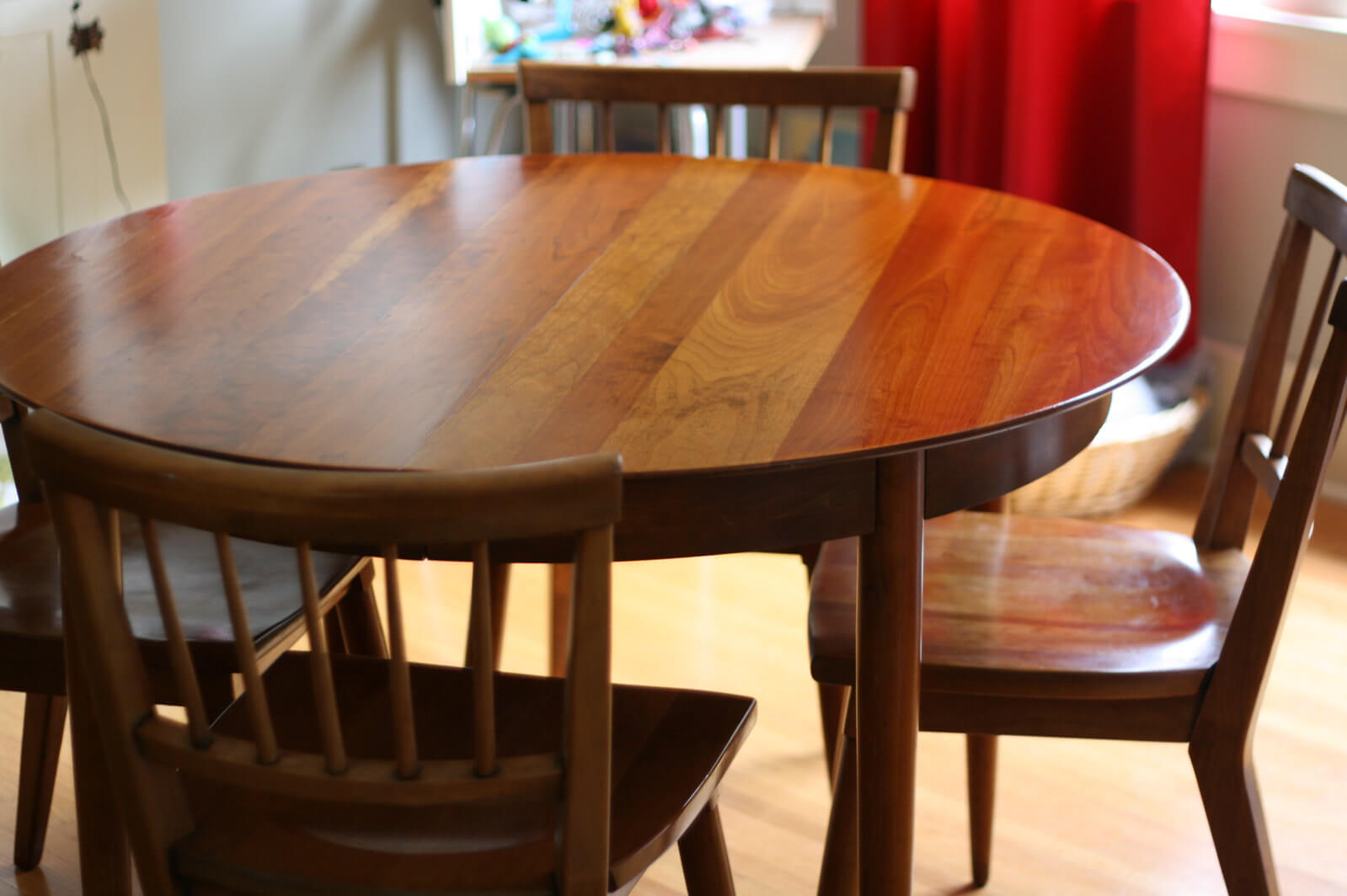Polyurethane finish is a durable protective coat that ensures the durability of your table tops and looks aesthetically pleasing to the eyes. These impeccable qualities of this finish are expected to last for a long time.
However, to achieve the maximum durability of polyurethane table tops, it is essential to ensure that they are cleaned as much as needed as they are often prone to abrasions resulting from scratches or getting stained by chemicals exposed to them.
Here’s how to clean polyurethane tabletop
Cleaning polyurethane tabletop

Cleaning Off Stains:
The plastic-like nature of polyurethane finish makes stains relatively easy to clean. In most instances, a microfiber sponge or cloth dipped in water and soap will do the job impeccably. However, this is only advisable for light stains that have not penetrated inside the poly.
For deeper seated stains, it is recommended to sand the table top on the site of the stain until it is completely removed, then re-coating the tabletop with another layer of poly.
Cleaning off Dust:
To remove dust on your tabletop, which quickly accumulates in the shortest time possible, it is helpful always to have a microfiber cloth that is dry at hand or something close to it. The microfiber cloth is used to rub off the dust from the surface and edges of the tabletop.

It is important to note that in the absence of a suitable cloth, a stiff nylon bristle brush would suffice to brush off the dust lightly.
Removing Grease:
Table tops constantly are stained with grease. To remove these, a microfiber cloth soaked in rubbing alcohol, mineral spirits, vinegar, and water can wipe off the grease build that accumulates with time. This is especially useful for oil-based polyurethane, as water-based types are easily cleaned with soap and water.
How to clean poly table top: summary
In conclusion, it is essential to regularly clean and maintain your polyurethane tabletop to ensure its durability and longevity. For light stains and dust, a microfiber sponge, cloth, and soap or water can be used. For deeper seated stains and grease, more advanced cleaning methods, such as sanding and using rubbing alcohol, mineral spirits, or vinegar and water, may be necessary. Always consult the manufacturer’s instructions and test any cleaning method on a small, inconspicuous area before applying it to the tabletop. With proper care and cleaning, your polyurethane tabletop will remain in good condition for many years.

